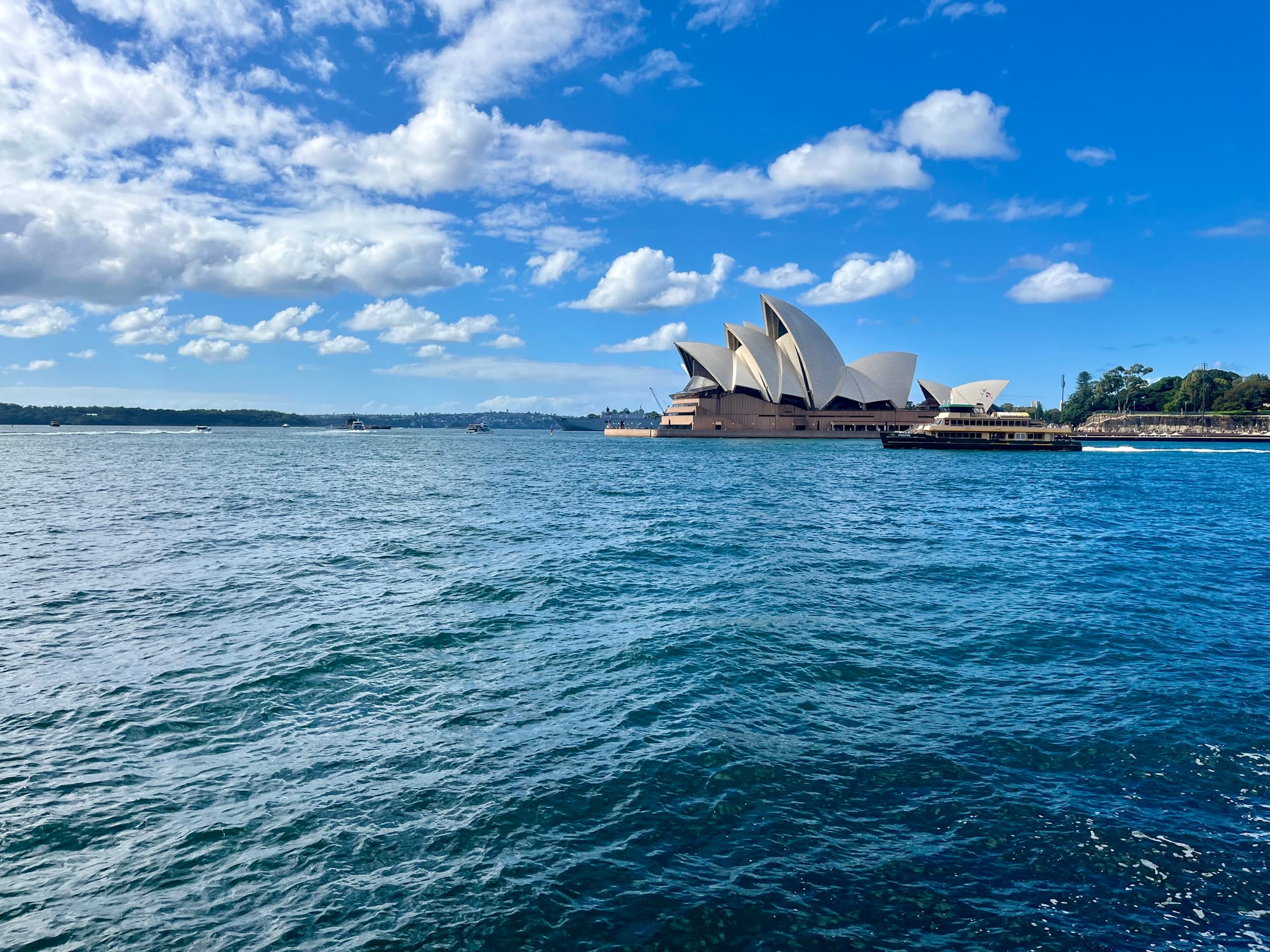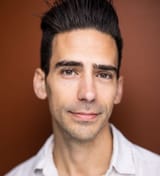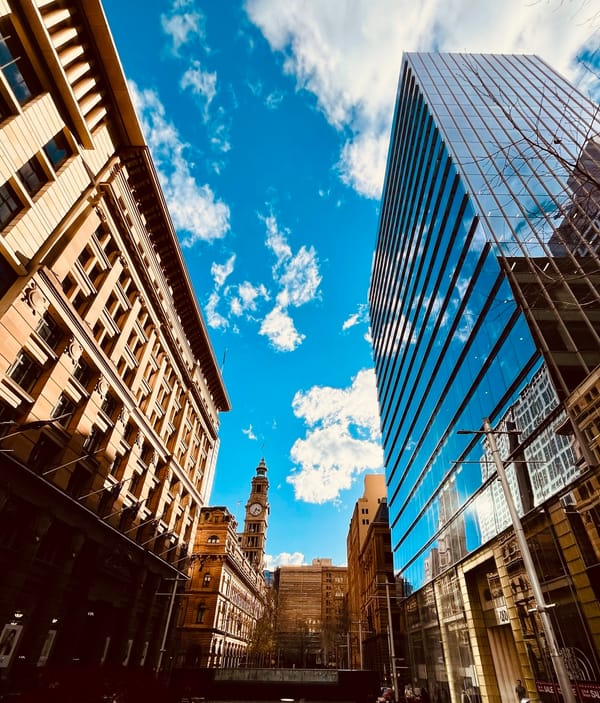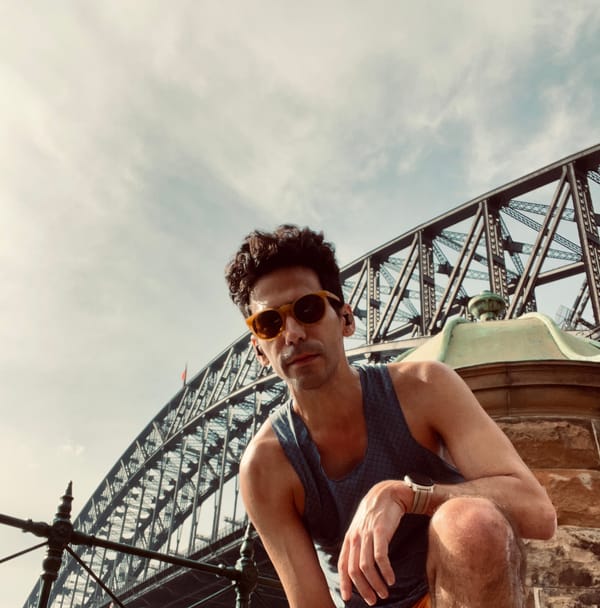Running a marathon in 2025 is dangerous. It will get worse if we let it.

“I’d say it’s 25% torn,” the nurse said to me, holding an ultrasound of a gash on my left Achilles tendon.
I hung up my running shoes and dropped out of the Boston Marathon before I even stepped on the plane. That was two years ago.
Many of you know me as a journalist, but I moonlight as an athlete.
Like millions of others, I’m a runner. I picked up the hobby to quit smoking and blow off some steam after bartending shifts in my 20s. Seven marathons later, I haven’t kicked the habit (running, that is).
In October 2021, I ran the Boston Marathon on an injured leg, raising money for an organization many of you know as Mongabay.
I crossed the finish line in 2:55:41 and haven’t toed the line since.

Many people, even friends, urged me to quit my silly game, running over 100 kilometers a week. Citing my ‘age.’ Their concerns are valid. We all age and cross the last finish line eventually.
But that time is not now.
To me, running has always felt like a rebellion, but also a sign that you have some hope that the future will be brighter than it is today. Why would you keep putting one foot in front of the other unless you believe there is a better place at the end of that race?
It’s why I am a storyteller, why I value art and communication, and why I fight for a better future.
This isn’t about giving anyone ‘hopium.’ You need to have a reason to keep moving. Call it hope if you want. I prefer to say, “Because I want to.”
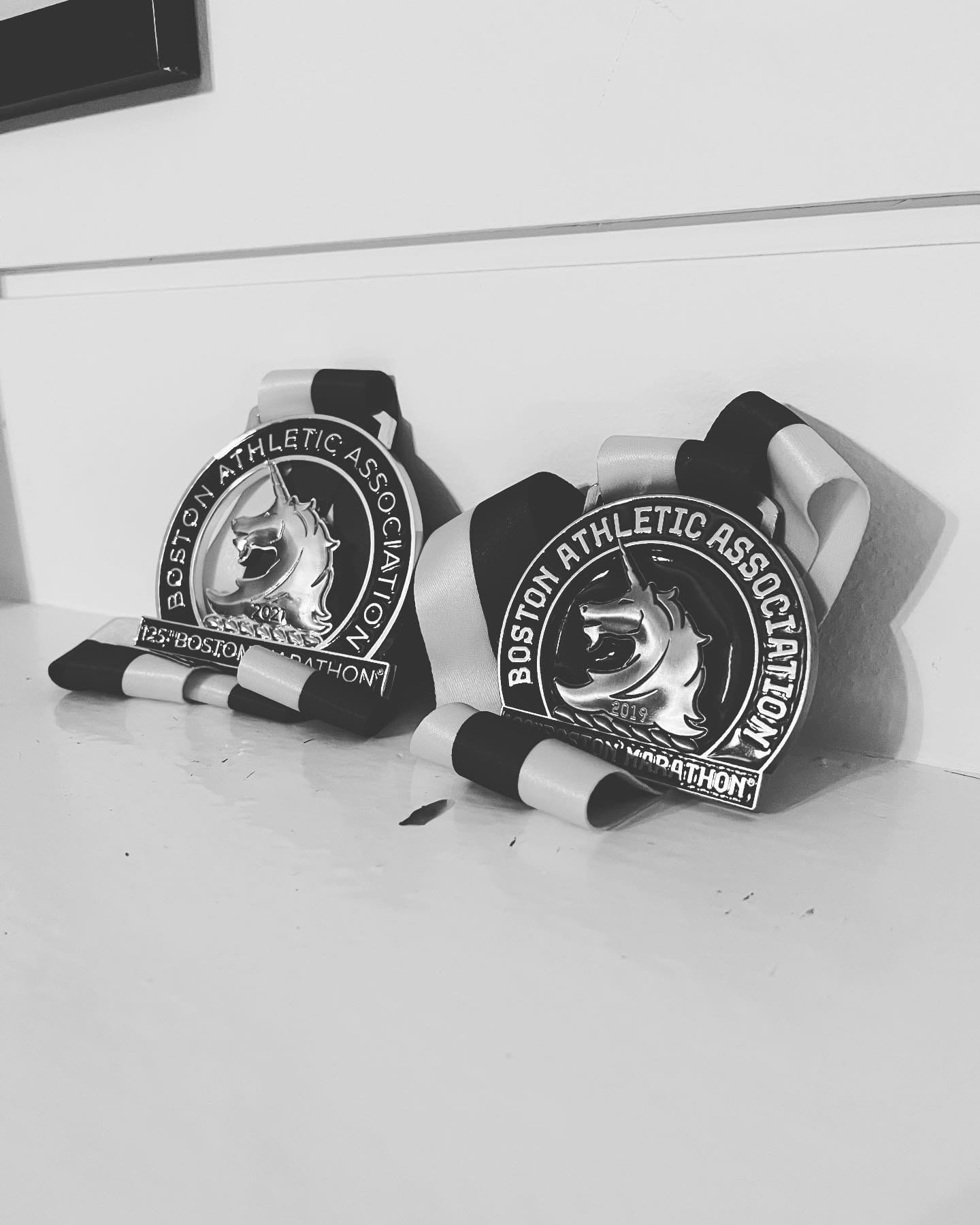
On August 31st, I will be running the TCS Sydney Marathon.
I’m elated to be back on the road, but this time hits different.
Just like art, there are no marathons on a dead planet.
We don’t often think of the environment and sports as having much to do with each other. They seemingly occupy different spheres of our social consciousness. But a dark green line links them together.
Sydney is the first marathon in the Southern Hemisphere to be admitted to the Abbott World Marathon Majors, joining an elite circle: London, Berlin, Tokyo, Boston, Chicago, and New York City.
Unlike these cities, Sydney is on the most fire-prone continent on Earth and holds the highest mammalian extinction rate in the world. Its government promised (and has still not delivered) a national koala park to protect its endangered marsupial. Instead, it is logging the very land this park is supposed to be on. The current government has also approved 10 new coal mines and expansions since 2022.
Australia isn’t unique in its failure to phase out fossil fuel dependency or protect endangered species, but I worry that—like many nations—it is ignoring the health of future generations for short-term economic gain.
Last year was, yet again, the hottest year on record. The number of cities that can host the summer Olympic Marathon is dwindling.
The City of Los Angeles—a city I love with many dear friends—just experienced the worst fires in its history, which were exacerbated by the continued burning of fossil fuels. It will be hosting the 2028 Summer Olympics.
Angelenos, Sydneysiders, and everyone on this planet deserve a livable future for ourselves, if not for our hallowed sports. Protecting nature means protecting our people. We continue business as usual at our peril.
Independent, fact-based media can hold our governments and corporations accountable for their responsibility in this crisis. This is why I work for Mongabay. It’s why I run. It is why, as I say on the Mongabay Newscast, we shine a light on the most pressing issues facing our planet and hold people in power to account.
If you care about independent nonprofit news, and the power of our words to bring about meaningful change I encourage you to support Mongabay here. Even a dollar can make a difference. Thanks for reading.
I’ll see you at the finish line.
